Yoga
International Yoga Day is celebrated on the 21st of June every year and has been recognized by the United Nations General Assembly on December 11, 2014. Yoga has today achieved international status and has become a fad of sorts, it is a booming Multi-Billion dollar industry.
But what really is Yoga? What is its history and origin? Is there more to Yoga than mere physical calisthenics?
Yoga-tracing the roots
The Vedas, the ancient scriptures of Hinduism were composed sometime in the period 1500-500 BCE and this period is commonly referred to as the Vedic age or Period. Yoga finds mention in the Rig Veda, the oldest of the Vedas, however, historians estimate that Yoga developed somewhere around the sixth and fifth century BCE. The fact that elements of Yoga are inculcated into the daily prayers and rituals performed by the Brahmin community is a pointer to the history of Yoga. Just as the Rig Veda has flown down orally from the Vedic Ages, so too have the elements of Yoga like Asana, Dhyana, and Pranayama.
The Philosophy of Yoga
The positive effect of Yoga on health and lifestyle is today widely accepted and the hordes of people flocking to Yoga camps and retreats are ample proof of this fact. Though there is no denying the immense health benefits that Yoga offers, there is much, much more to Yoga than is generally fathomed, and its benefits can be harnessed by incorporating its practice in our lifestyles.
Yoga may be compared to an Ocean with infinite depth and the Yoga practitioner a diver who dives in seeking treasure. He finds silver at the first level beneath the water, symbolizing the physical benefits of Yoga. He may be satisfied with these riches and not travel deeper. But on the other hand, if he persists and dives deeper, he shall discover Gold, symbolizing the benefits that Yoga offers to the mind. At this stage, the Diver may abandon his voyage, but if he still dives deeper into the Ocean of Yoga, he shall find precious stones of infinite value symbolizing a state of Samadhi, a merging of one’s consciousness with that of the cosmic consciousness.
If Yoga is a voyage of discovery, then the body is the vehicle. This vehicle needs to be in good condition and hence the emphasis on Asanas and breathing exercises for physical well being. If the body is the vehicle, then the Mind is the driver. Yogic practices go beyond the physical to ensure that the Mind is bereft of all diversions and focused on driving to its destination, Dhyana or Meditation ensures that the mind is in control of the body. Now with a fit vehicle and a fit driver a person can embark on a journey beyond the frontiers of time and space, as known to Man.
The Practice of Yoga
It was in the year 400 CE, that an Indian Sage called Patanjali, compiled a treatise on the practice of Yoga, that came to be know as Yoga Sutras of Patanjali. He has described Yoga as being composed of 8 basic elements. A true Yoga practitioner needs to work hard with uncommon dedication on all these elements to reap the real benefits of Yoga.
The 8 elements of Yoga according to Patanjali are:
Yamas
The Yamas together with Niyamas form the code of conduct of the commandments for the Yoga Practitioner. The Yamas are a list of Self-Restraints that are to be imposed on the self. The 5 Yamas according to Patanjali are Ahimsa or Non-Violence, Satya or Non-Falsehood(practice of truth), Asteya or Non-Stealing, Brahmacharya or Chastity, Aparigraha or Selflessness.
Niyamas
Niyamas are the prescribed duties that the Yoga Practitioner needs to follow and these are Sauca or the cleanliness of the Body and the Mind, Santosa or Contentment with a positive attitude and acceptance of circumstances, Tapas or the act of accepting but not causing pain, Svadhyaya or self-study including introspection of one’s thoughts and actions, Isvarapranidhana or contemplation on the Supreme God.
Asanas
This is the most popular and widely practiced element of Yoga and is focused on the physical aspects. Asana originally referred to the posture in which a person sits, it is recommended that the posture be firm, but relaxed with the ability to sit still for long periods of time, this is conducive to concentration and relaxation. Over the years Asanas have assumed the form of physical exercise and are referred to as Yoga positions or postures. There are 12 basic asanas which when practiced correctly and regularly have an immense benefit on the health of the Body and the Mind. The most common asana is the Padmasana or Lotus posture which is a cross-legged sitting posture, this asana is ideal for long hours of meditation. Surya Namaskara or Salutation to the sun is a series of 12 asanas done in a continuous motion as a benediction to the Sun. The Surya Namaskara is known to provide immense benefit to the body and the mind.
Pranayama
Pranayama is a technique and practice to control the breath. It is generally practiced just before the start of meditation to ensure the absolute focus of the mind.
Pratyahara
This is the withdrawal of the senses from the external objects and drawing them inwards towards an inner awareness and consciousness.
Dharana
After the withdrawal of the senses inwards, the mind should focus all its concentration on a single point. The mind is now aware only of this object and nothing else.
Dhyana
Dhyana is the act of continuous meditation after the Dharana stage has been achieved, i.e., the mind has been focussed on a single point and now the mind is in a deep state of meditation on this point.
Samadhi
This is the final stage of Yoga, in this stage the difference between the meditator and the object of meditation disappears and the meditator enters into a trance and experiences Ananda or true bliss.
The practice of Yoga is not easy and requires a lot of hard work, dedication and discipline of the Body and the Mind, though it may not be possible for all to reach the state of Samadhi, whatever state one is able to get to, the benefits accruing to the body, mind, and soul are immense. Yoga is not a religion, it is a way of life and it can be embraced into one’s lifestyle regardless of caste, color or creed.
This is a puny effort to write briefly on the mammoth subject of Yoga, Yoga is a vast subject and understanding it completely is beyond the capacity of most minds. One needs to experience Yoga to really understand it. I am a mere humble student of Yoga and would urge you to reach out to some of the Masters to lead you on the true path of Yoga.
Here are some links that could help you in your quest:
Home
International Sivananda Yoga Vedanta Centres The International Sivananda Yoga Vedanta Centres organisation with locations around the world is dedicated to the teaching of classical yoga and vedanta to promote physical, mental and spiritual health. The Organisation is recognised internationally as one of the most important and authentic yoga institutions in the world.
http://www.yssofindia.org/
This article has also been published on Huffington post. Please check here.
Did you find this article interesting? What regimen do you follow for the fitness of your body and mind? Do share in the comments section. Shoot your queries related to this article in the comments section.
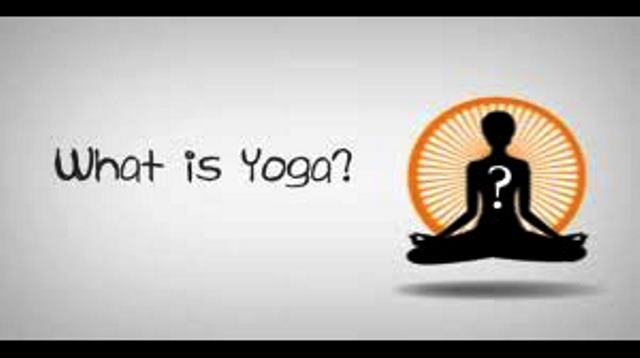
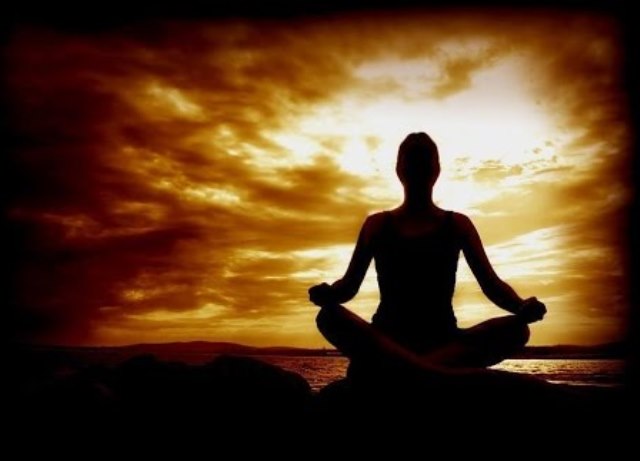
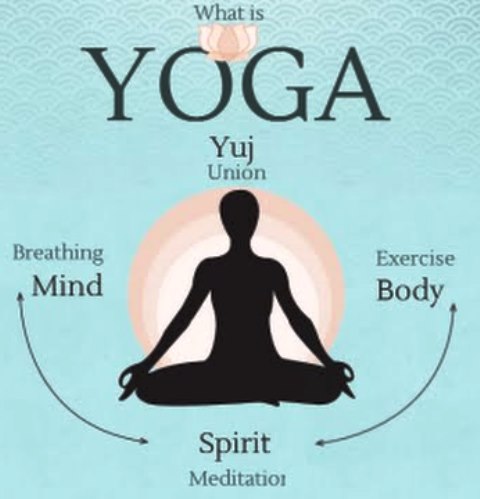

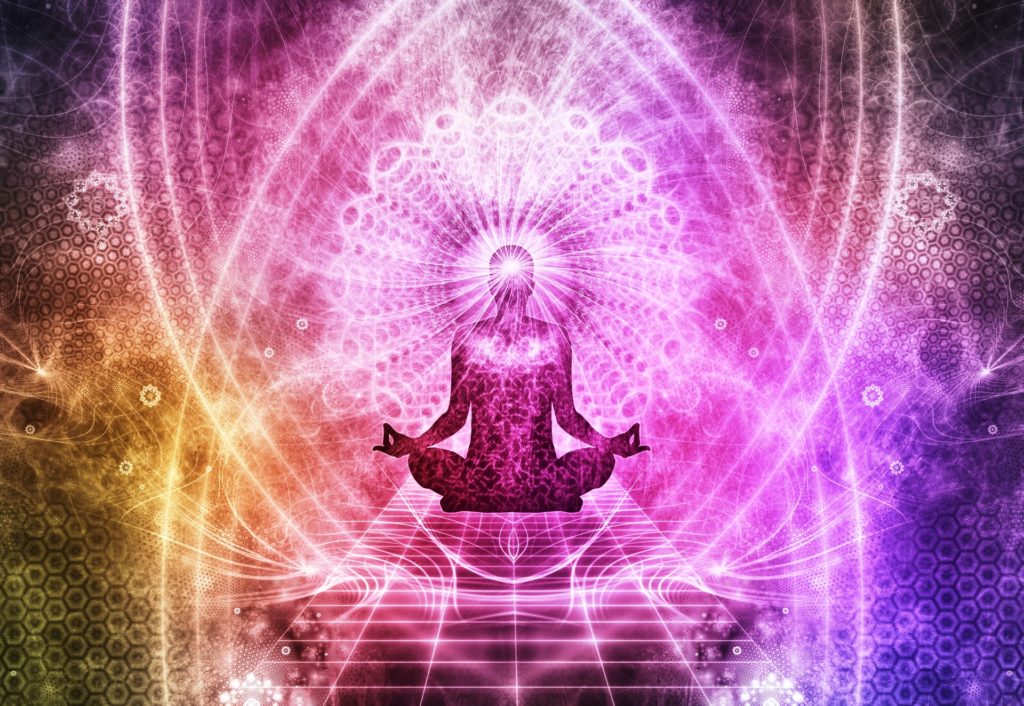
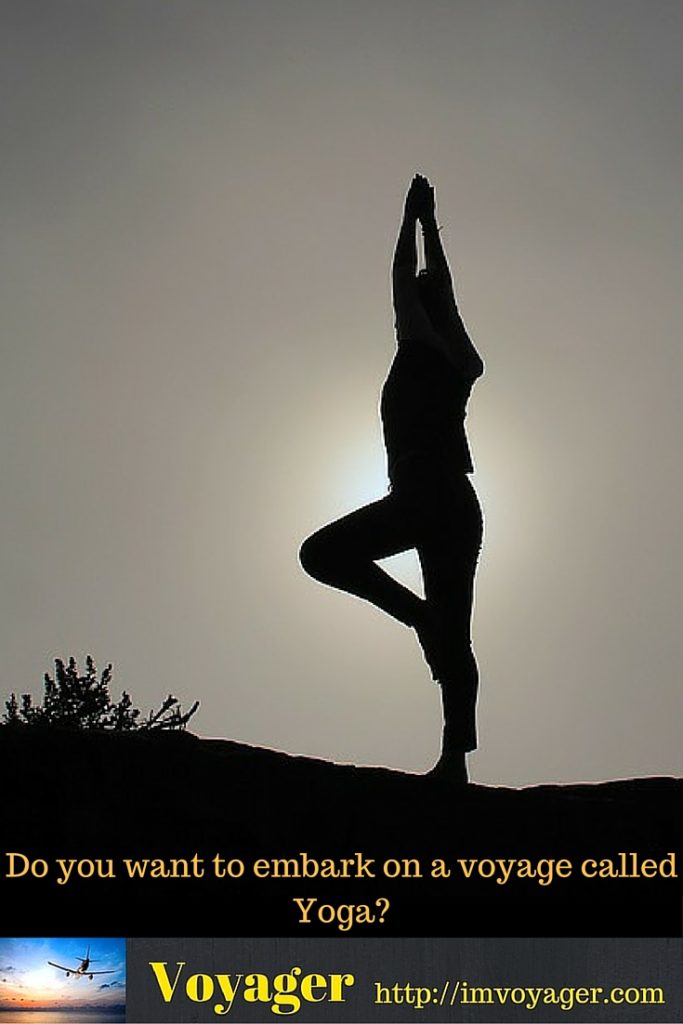
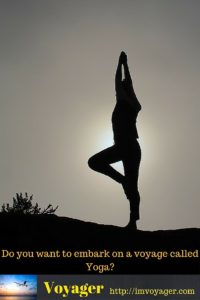
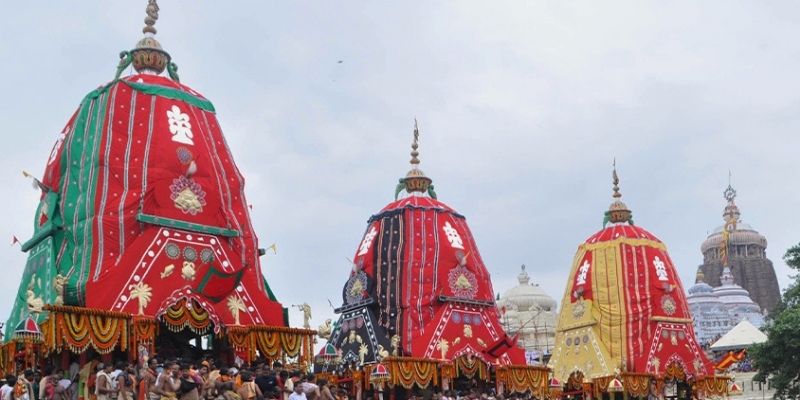


I want to go beyond the gold and silver ! Thanks
That is awesome! Go for it. 🙂
Wow ! what a detailed description. I practiced Yoga for several months a few years ago. It was very relaxing.
That is really nice to know. Yoga does relax you.
I do a lot of yoga videos on youtube but I don’t actually know that much about it – mainly because classes are so expensive! This was an enlightening read, thanks.
Wow that is interesting to know. Thank you. 🙂
Very interesting read! I’m going on a children’s yoga course this weekend so this came at a good time 🙂
Oh that’s great to know. 🙂
There is so much to yoga that I had no clue about. I occasionally go to yoga classes and probably should do it more consistently. The benefits of yoga are tremendous.
Yes, Yoga has a lot of benefits. It is good for our body and mind.
I’ve never managed to make my brief forays into Yoga an actual practice – but perhaps what is missing is the spiritual side and the guidance of a good yogi?
Very correct. More than practicing Yoga, we need the guidance of a good Yogi/Yoga teacher who can inspire us and show the right path!
I have been practicing yoga almost 13 years. I still have so much to learn.
Wow! That is truly amazing. How has been the experience?
Very interesting to hear the history of yoga. I really respect it and know many people who have managed to ease back injuries and pain by regularly partaking in yoga. It is such a great exercise. I really should do it more but I am too fidgeting ha ha. There are so many different types of yoga and it can really help you feel more grounded. Thanks for sharing!
Thank you Chantell. I know, Yoga has really become popular more recently and the benefits of yoga have been proven.
I do meditate but haven’t tried yoga yet. A lot of my friends do though. I think it’s legitimately beneficial, physically and spiritually speaking. Personally I’m more drawn to martial arts or other activities that can be used as self-defense. 🙂
That is really nice. Have seen and read about martial arts. I guess whatever we follow with discipline does benefit us.
I never tried Yoga and don’t intend on it either. I need to do fast things. hahah
Haha.. I know
Yoga is awesome and I am so proud of its Indian origins. What an apt post on international yoga day. Do you practice yourself? I would like to do it more often but I am so not flexible 🙁
Yes, I do practice. 🙂
Wow! There is tremendous information here about yoga that I never knew about. I just do some occasional yoga by following it on youtube. Thanks for sharing this!
Thank you Carla. Glad to know you do practice Yoga.
What a fascinating read. I had a rather superficial understanding of yoga. Now I feel a lot more knowledgeable. Thanks for sharing.
Thank you Christina. Yoga definitely is a deep study.
I’ve recently considered trying to get into yoga, but have been a little too intimidated. Thanks for sharing all this great info; I feel like I have a better understanding of what it is I would be signing up for!
Yoga is very beneficial. Glad to know you will be signing up for it.
i practice yoga thought not everyday but i do when i can. this is a great post especially for the international yoga day.
That is great to know. Thanks Ferna. 🙂
My whole family meditates regularly. I’m the only one who doesn’t. I’ve actually taken a lot of yoga classes but I would love to marry the two and yoga/meditate regularly. Life’s just too busy sometimes, and I know that taking the time to relax and clear your mind is necessary.
Your article is very interesting! I loved practicing and really need to do it again. I felt so much better in my body and my mind. it is quite amazing and truly a state of mind.
I have never read about Yoga before, at least not about its meaning and origins so I find this post quite interesting. I practice yoga sometimes but I admit I am not religious, but I want to, because yoga is not only good for the body, it also does a lot of wonders to my state of mind.
Yes, Yoga does wonders to both body and soul!
Thanks for such a detailed and insightful post. I always new Yoga was about more than just body-bending poses but the finer details had always escaped me – until now. I feel like I have learned something and now have something to aim for! Thanks!
Thank you Vicki. 🙂
I’ve been practicing yoga for almost three years now and I can definitely say that it can do wonders. I have scoliosis and my back feels great after yoga. Your post provided a lot of useful information, thank you for sharing
Thank you Andra. Stay tuned for one more article on Yoga soon!
I really don’t know much about yoga so this was great to read. Thanks for sharing!
Happy travels 🙂
Thank you. 🙂 Happy travels to you too.
I love your analogy to Yoga being like the depths of the ocean. I can really visual that, also ffifth century BCE, I had no idea Yoga was so ancient.
Thank you Danielle. 🙂
ooh great to learn more about the history! i’ve always wanted to do a yoga retreat in india to learn the proper forms and culture behind it.
Sher
http://www.shershegoes.com
That’s great to know Sher. 🙂
thank you so much for publishing this post
I have actually never tried yoga before. I have a few friends who swear by it, so I need to bite the bullet one of these days.
I just realized how little I knew about yoga. I’ve tried yoga a few times over the years but never stuck with it. After reading this, I need to try again.
Great to know so much about Yoga.. Yoga is powerful when done in the correct way. Thanks for sharing such a lovely post.
I never knew there were so many types of yoga. This is a very informative post!
Yoga is Connection of Body, Mind & Soul! How it helped me….. Mind & soul came in to coordination, which helped me to bring my body in control. Even the Effects of Yoga on the Autonomic Nervous System, Gamma-aminobutyric-acid, and Allostatic in Epilepsy, Depression, and Post-traumatic Stress Disorder are also great. I advise everyone to take at least 1 hour for Yoga daily.
You know, I know a few yoga poses, but I never knew there was so much to yoga! This post has really informed me.
Oh wow, I thought I knew about yoga but I learned a lot with this article! Yoga and meditation are what get my through dealing with all my ailments.
This is really interesting I used to go to Yoga classes many years ago and actually really enjoyed it. I would love to get back into it.
I did prenatal yoga when I was pregnant. Now Id love to get started on a yoga routine again!
Yoga has made a huge difference in my life. Before I tried it I thought it would be impossible to break a sweat doing it. I was so wrong. It is my favorite part of my day.
I have honestly never done yoga in my life. I loved reading about the history, very interesting stuff. I know I need it. I have back issues and I know it would be good.
Yoga is no doubt one of the most popular fitness programs today. It’s wonderful to know more about it.
This is very interesting. I love doing Yoga at home, so relaxing!
I didn’t realize it has that much detail. I have never tried yoga but know of a few people that have who said that it’s harder than some people think.
This is a great post on yoga. I didn’t know all the history of yoga nor the 8 elements. This is indeed interesting to me in many ways. I have to start practicing yoga and not just thinking about it. Thanks for sharing the information.
I love doing yoga once in a while. I wish I could do it more often though.
I am in Panama the country for a few weeks and I definitely want to do yoga. I want to center myself and align my spirit better.
Oh man, I missed it! This was still very insightful information. I enjoyed learning!
I’m so glad that you are putting a focus on the reason for and behind yoga, not just that it is a popular thing for hipsters to do at a Farmer’s Market or something. Namaste!
I have heard about all the benefits of yoga. I think I’m going to try it soon.
This was a fascinating read, I never realised there was so much behind yoga. It is something that I have always wanted to try but have never gotten round to it. Its definitely on my to do list for this year